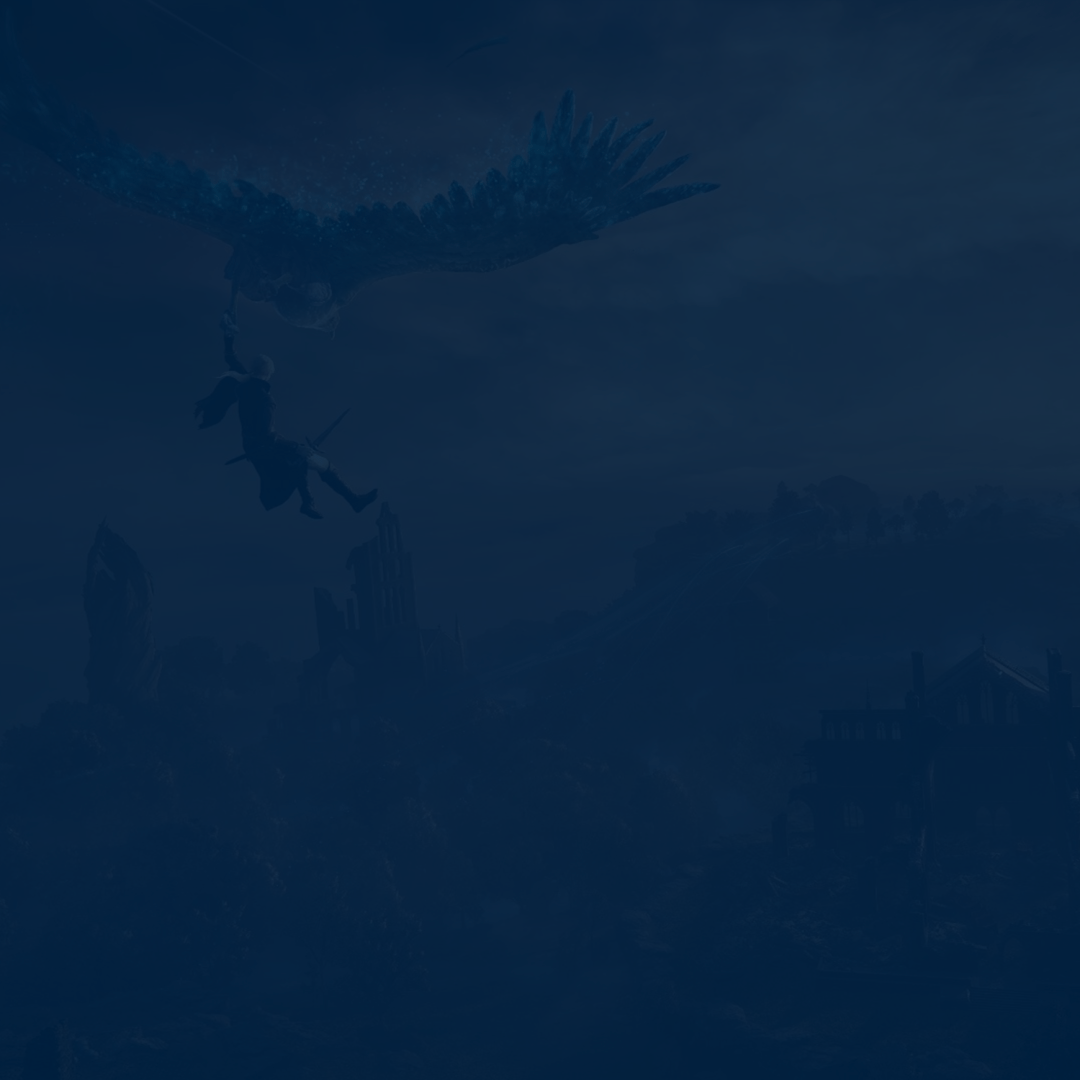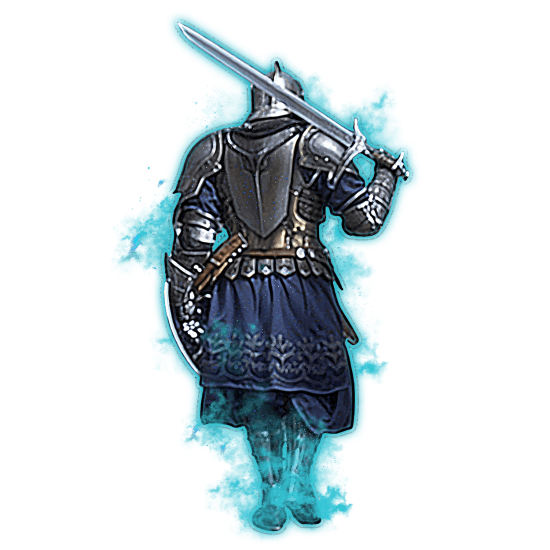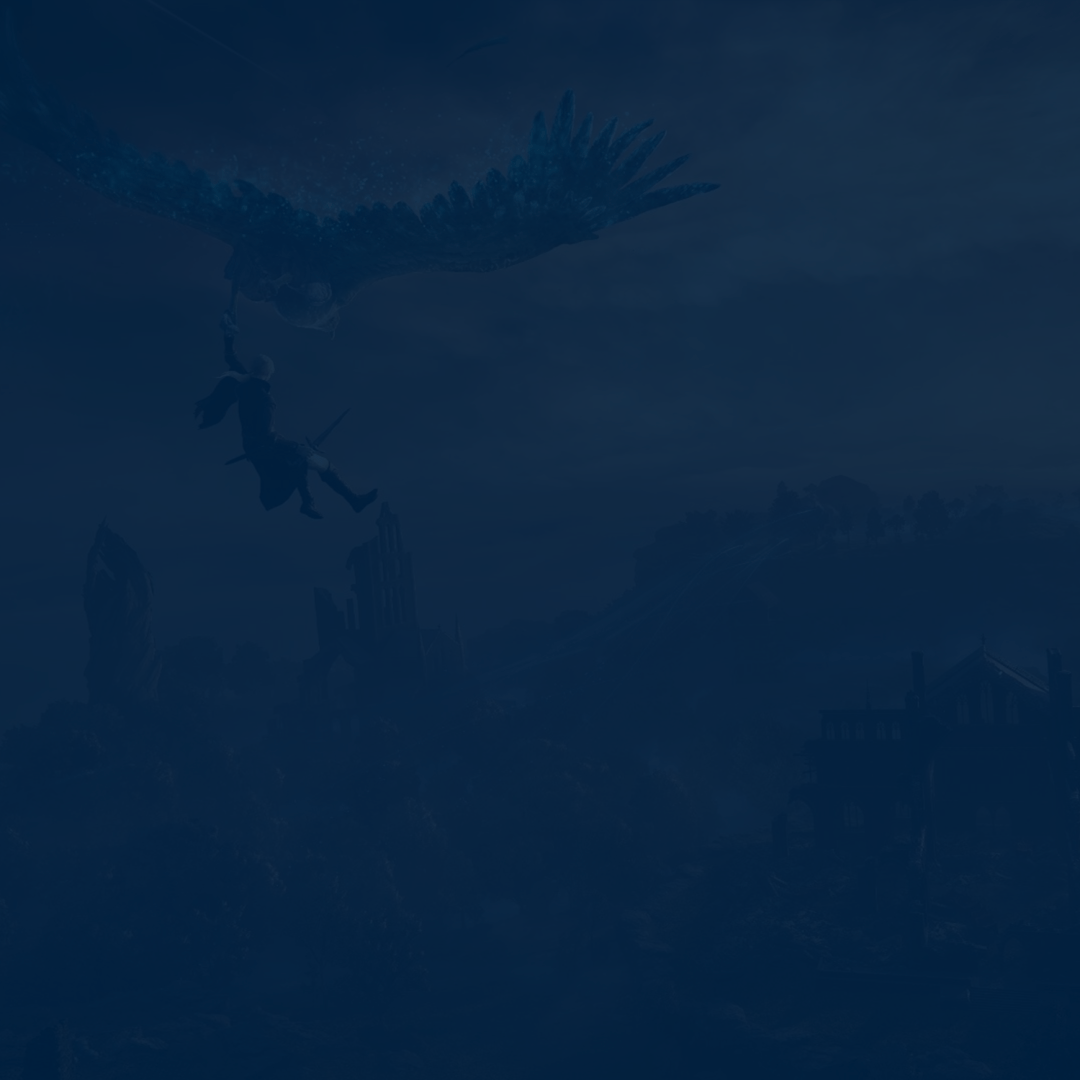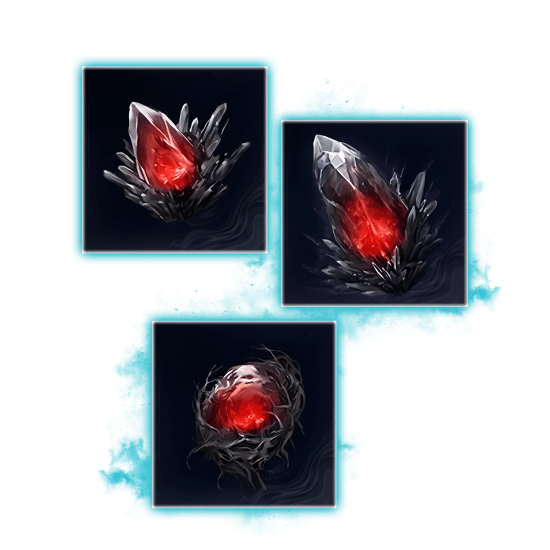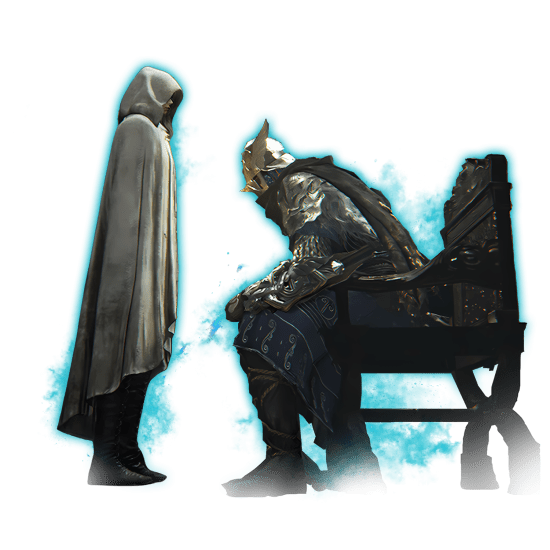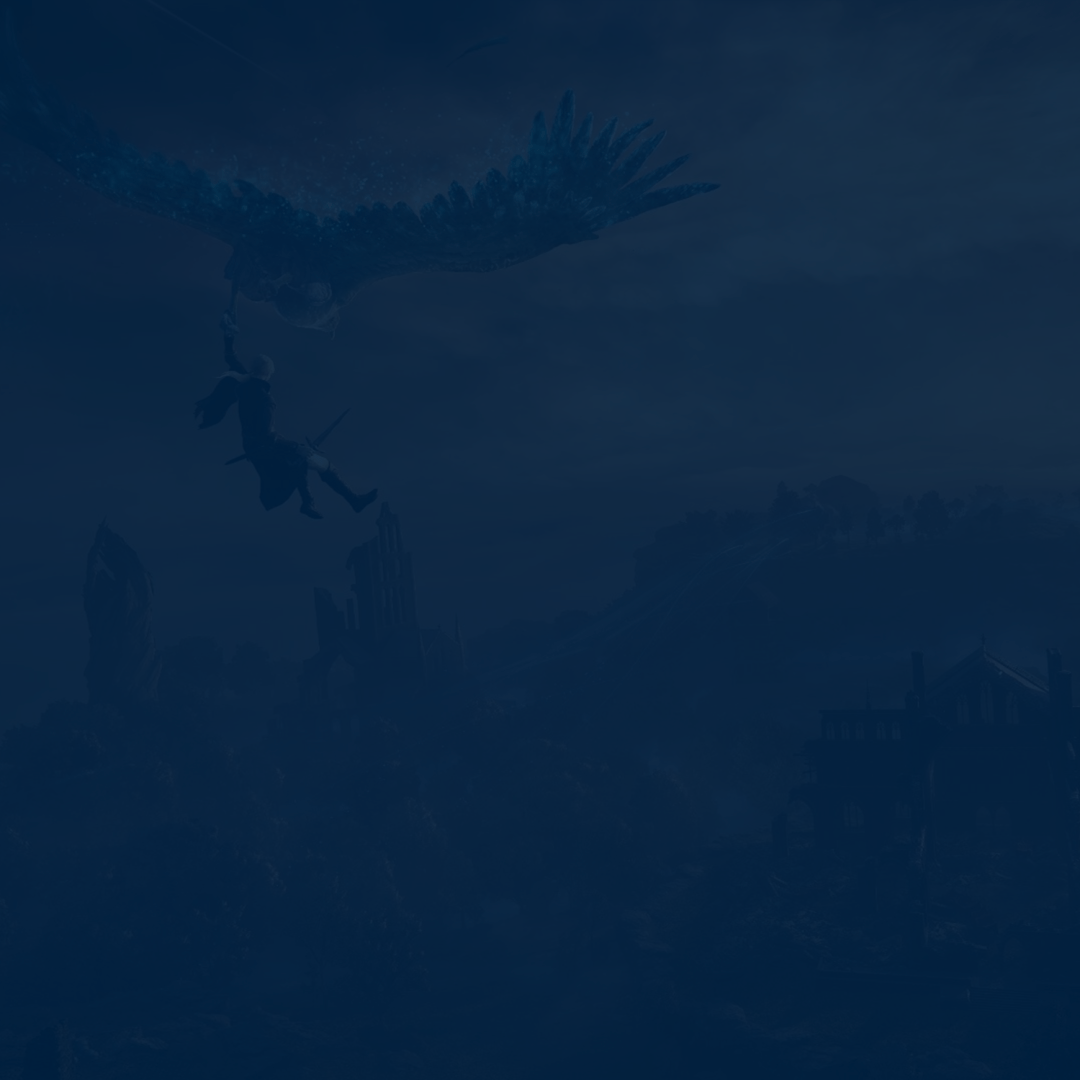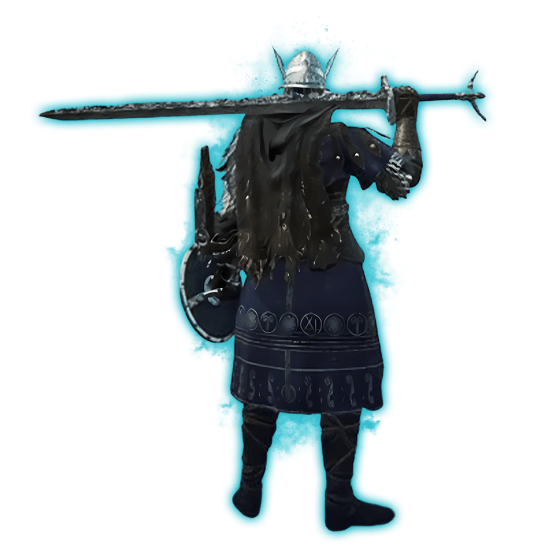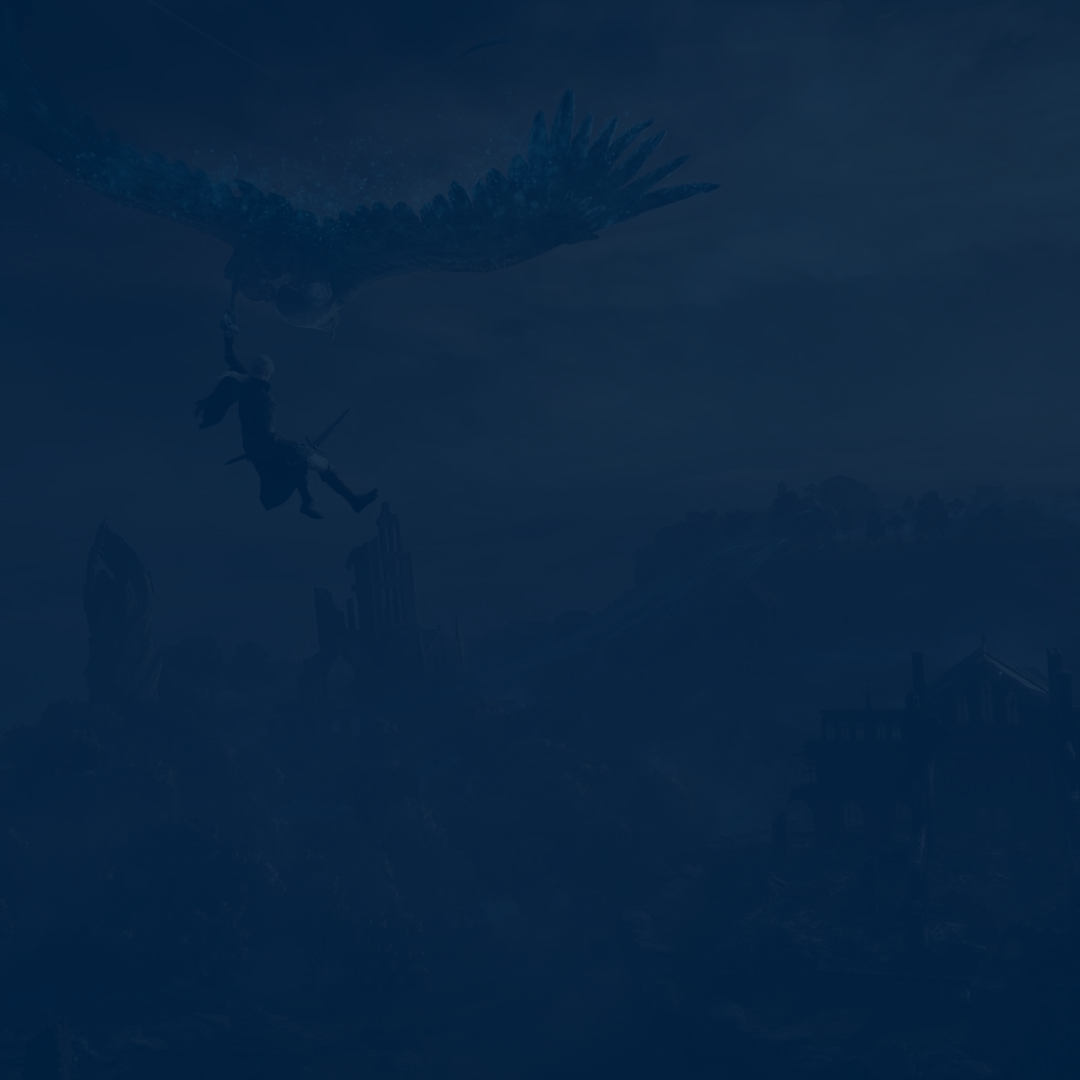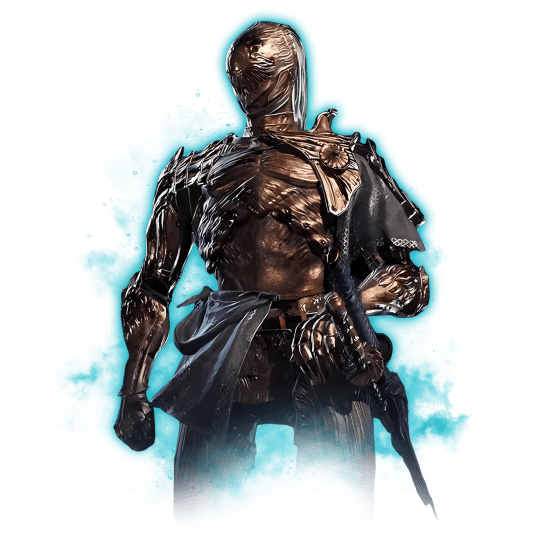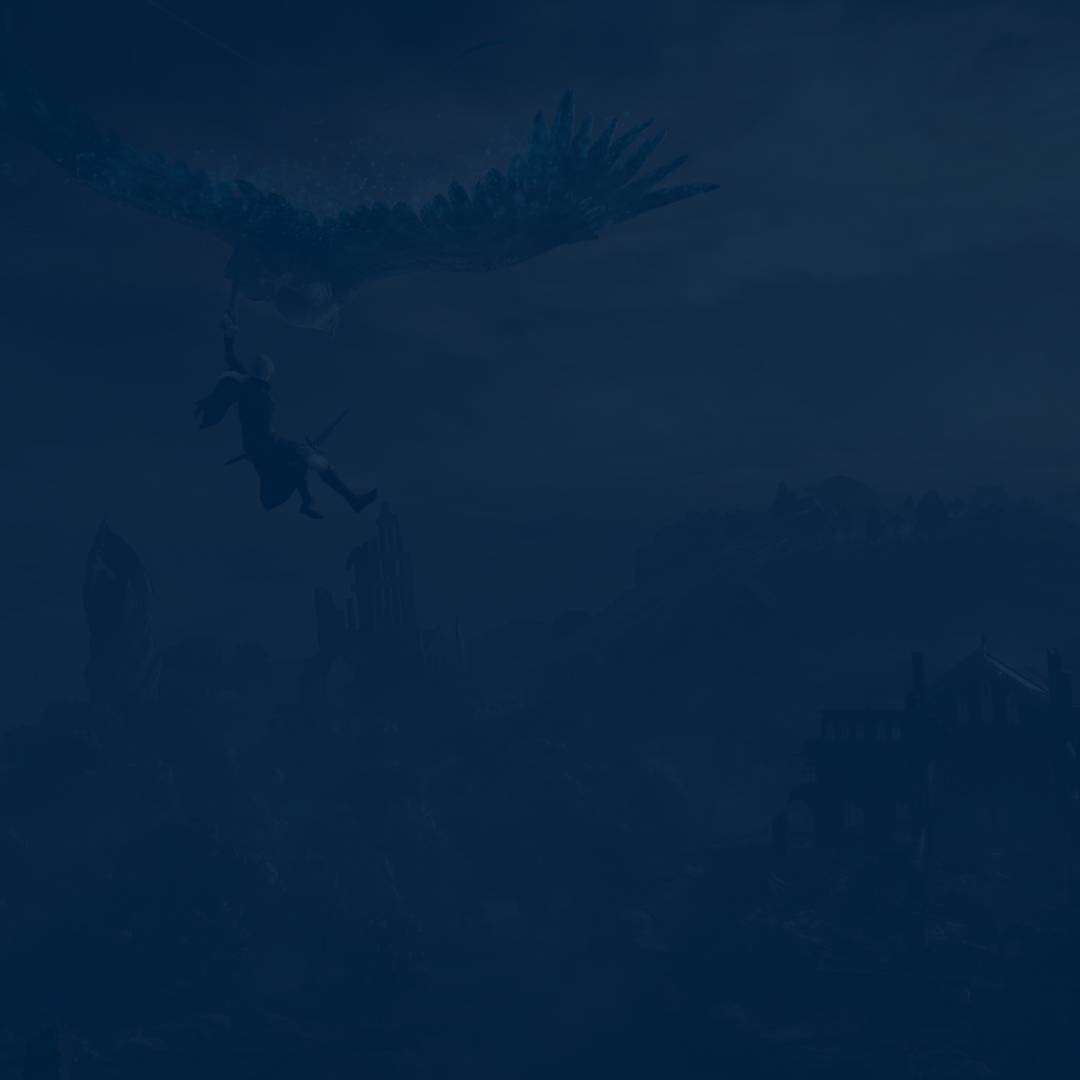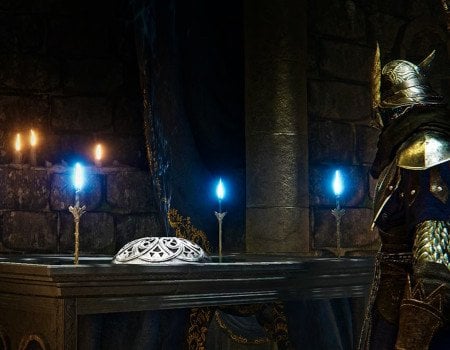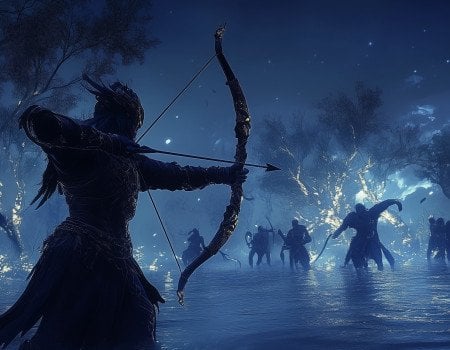Welcome to the Elden Ring Nightreign beginner’s guide, Nightfarers. There’s a weird aura surrounding this game where the soulslike fans aren’t too sure whether they should like this game or not, mostly because this is not the format the fans expected to see in a game from From Software and Hidetaka Miyazaki himself.
This Elden Ring Nightreign new player guide will not only explain what makes Nightreign different from its older brother, the titular game, but it will also serve as a handbook for anyone who decides to play the game, which will help them go through all stages of a run and defeat the final boss. So, this guide will explain the playable characters, also known as Nightfarers, the structure of the world or the game map, the game loop, and finally, progression. Sounds good? Let’s get started.
If you want to make your first few expeditions smoother, you can Buy Murk at Skycoach — a safe, fast way to unlock cosmetics, builds, and tools early on.
Read our other Elden Ring Nightreign guides:
- Duchess Guide
- Ironeye Guide
- Guardian Guide
- Wylder Guide
- Raider Guide
- Recluse Guide
- Executor Guide
- Best Classes
Note: At Skycoach, you can Buy Elden Ring Nightreign Boost at the best prices with fast delivery. Use our special PROMO CODE (in green) hidden in this article for a 20% DISCOUNT.
What Is Elden Ring Nightreign?
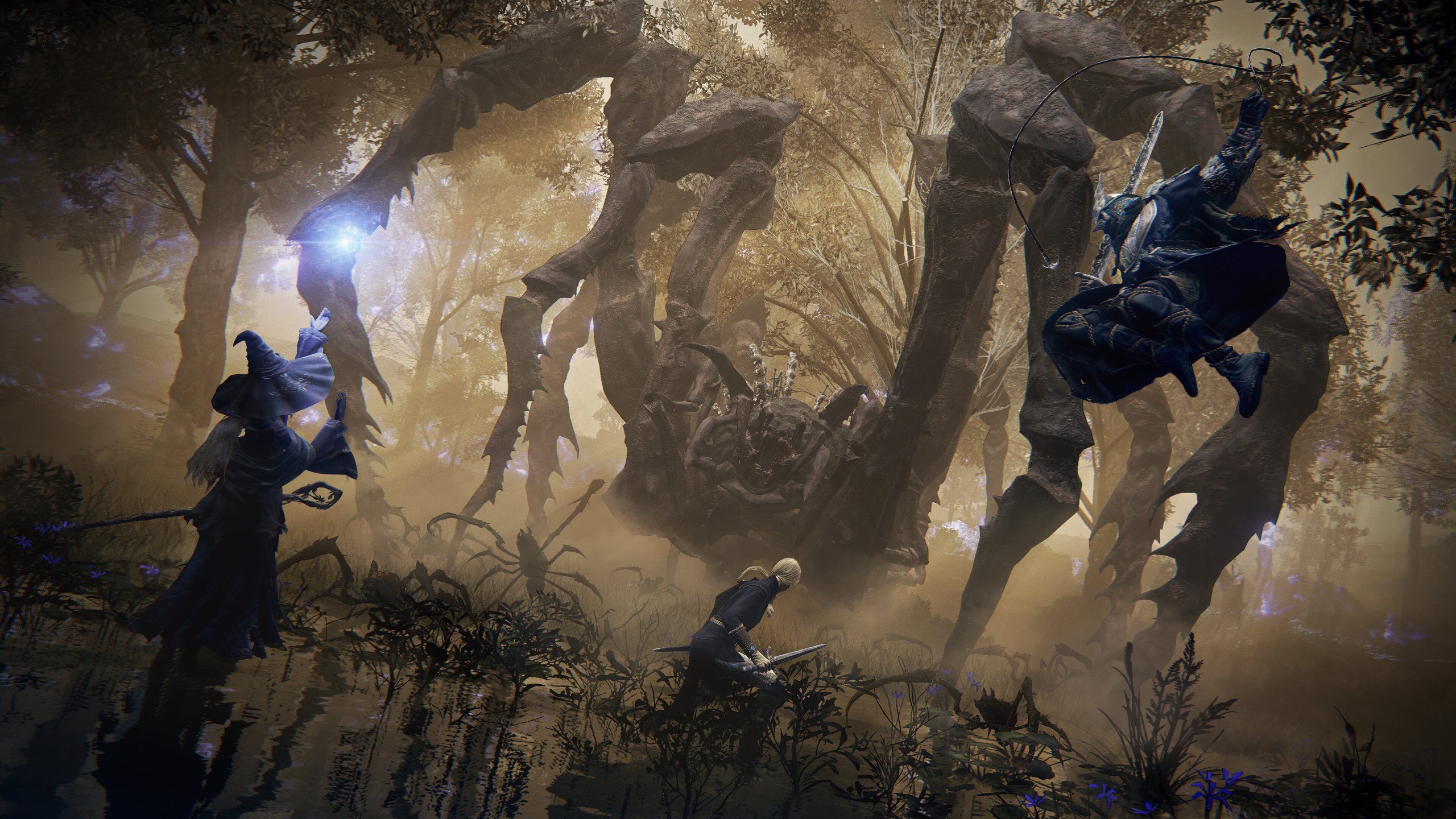
Nightreign is not a sequel. It’s not DLC. It’s a co-op survival roguelike built on top of Elden Ring’s combat system, reworked into something faster, tighter, and far less forgiving in its pacing. You’re dropped onto a large map with two teammates and a strict timer that divides your run into three days. Each day ends with a boss fight. Day three ends with a Night Lord. Survive that, and the run ends.
Runs are called Expeditions. You can select any one based on the final boss encounter.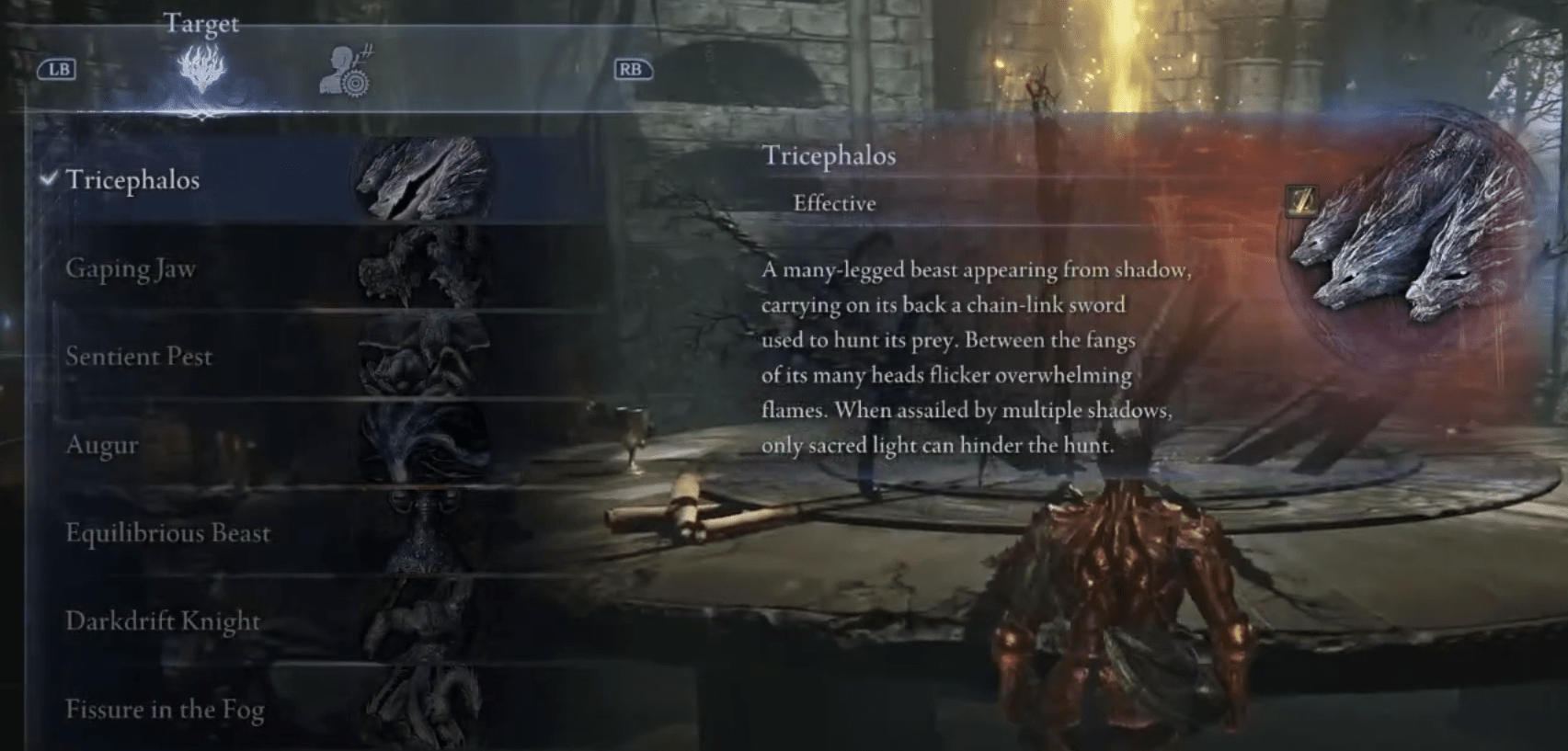
The gameplay loop is straightforward: explore → gather loot → level up → survive the boss fight → repeat. In this Elden Ring: Nightreign complete guide, we'll touch on each of these in due time.
There’s no Torrent. No backtracking. No picking your stats. Nightreign compresses the Soulslike formula into a short-form structure that forces players to make quick decisions and commit to every choice—because the rain doesn’t stop, and the ring doesn’t wait.
In terms of content, the game uses a blend of familiar and new elements. Areas from Elden Ring are remixed. Bosses from across the Souls series return with modified movesets. Even the Roundtable Hold shows up as your hub between runs. But none of this is nostalgia bait. The structure and rules are different enough that you’re not here to revisit Elden Ring. You’re here to survive Nightreign. BLOG20
And behind all of that, there’s a reason you’re here.
You are a Nightfarer, summoned to the dying land of Limveld, a place swallowed by endless rain and a night that never lifts. You don’t remember why. All you have are broken fragments—of memory, of story, of self. Run after run, you reclaim pieces of the truth. You fight through the dark, not just to survive it, but to understand what brought you to this place in the first place.
Core Features at a Glance
| Feature | What It Means |
| 3-player Co-op | All runs are designed for trios, with characters built to fill distinct roles |
| Time-limited Structure | Each run lasts three in-game days, with boss fights locking each phase |
| Randomized Loot | Weapons, upgrades, and consumables vary run-to-run |
| Condensed Progression | No stat screen, no long-term builds—leveling is automatic |
| Reused World Assets | Map areas, enemies, and legacy bosses return in remixed form |
The short version: Nightreign is Elden Ring’s mechanics reimagined for cooperative speedruns through randomized, pressure-heavy zones. If that sounds like a contradiction, good. The game wants you off balance. And that’s just the start.
Nightfarers: The Playable Heroes
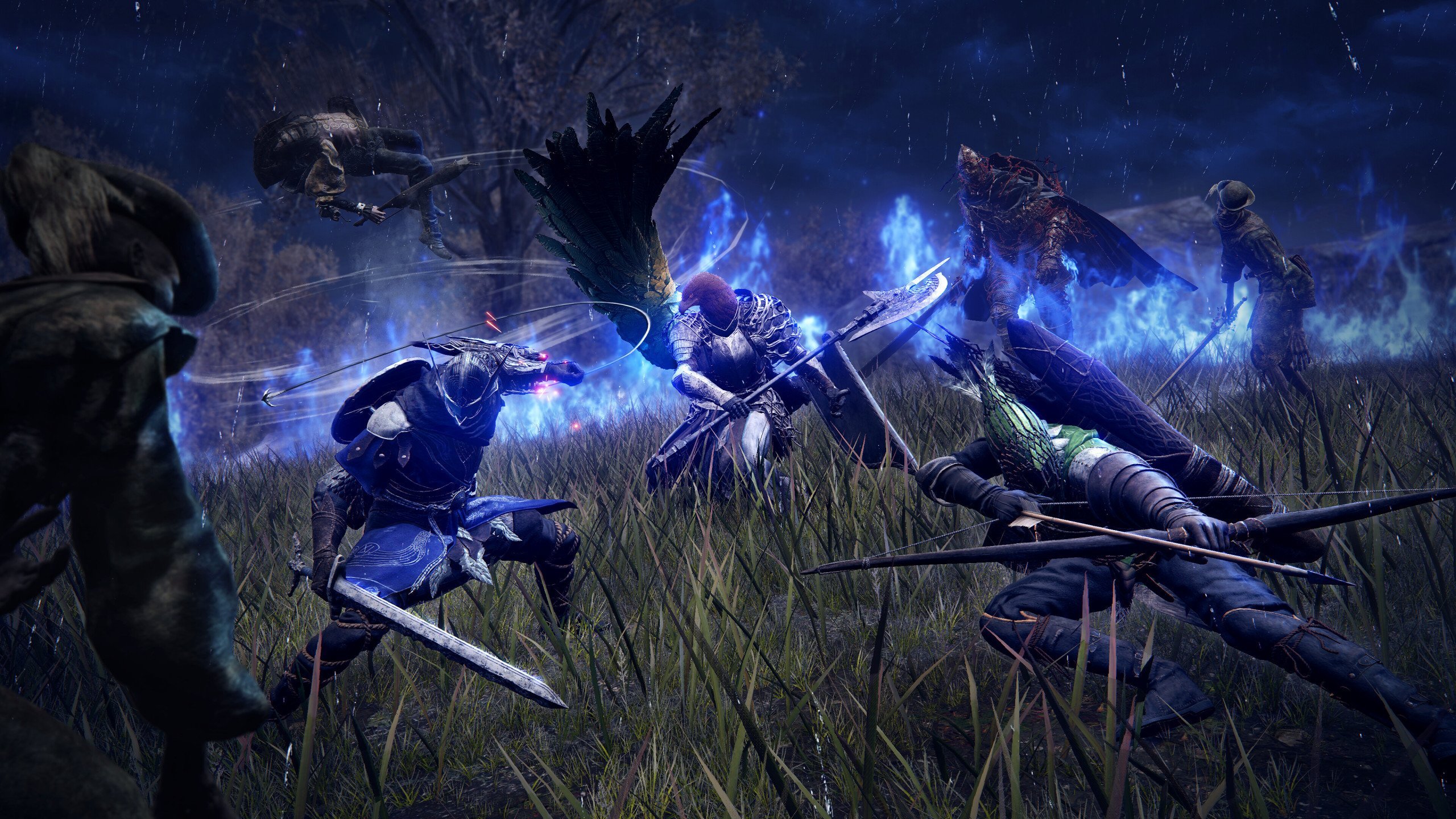
In Elden Ring, you crafted your own build. In Nightreign, you step into the shoes of a pre-designed warrior called a Nightfarer. These are not classes in the traditional sense—they’re fully defined characters with their own skillsets, stat spreads, and even personal narrative threads. And they’re also the primary focus of this Elden Ring: Nightreign starter guide section.
There are eight Nightfarers in total, each one shaped around a unique combat identity. You won’t assign stat points or shape a character from scratch. Instead, you pick the Nightfarer whose style you want to learn and master. Every Nightfarer comes equipped with:
- One Passive Ability
- One Character Skill
- One Ultimate Art
- Fixed stats for HP, FP, and Stamina
- Unique starting weapons and gear
What they don’t have is armor. Everyone in Nightreign fights unarmored, and every Nightfarer can wield any weapon. That means there’s room to experiment with gear and playstyle, even within a fixed character design.
Nightreign is balanced for three-player co-op, and these characters are clearly designed to fill roles in a party. Solo play is still an option, but it’s not the core focus. The abilities of each Nightfarer—offensive, defensive, and support-based—interlock best when working together.
Each Nightfarer also has a personal story, discovered through memory fragments scattered throughout Limveld. As these fragments are reclaimed, you'll slowly uncover why your Nightfarer was summoned to this ruined world. It’s more than just a build—it’s a character with purpose.
Here’s a snapshot of the cast, with full guides for each character available separately:
 |
Wylder | A reliable generalist. Great mobility, mid-range damage, and a grappling hook that doubles as a gap-closer or escape tool. |
 |
Guardian | The tank. Heavy poise, high survivability, and a powerful revive-centric ultimate. Ideal for frontline support. |
 |
Duchess | A fast, aggressive fighter. Evades damage with stylish sidesteps and amplifies past damage with her skill. |
 |
Recluse | The caster. High FP pool and a skill system that rewards elemental awareness and battlefield positioning. |
 |
Ironeye | A precision archer. Offers long-range support and can revive allies from a distance without risking position. |
 |
Raider | A brutal melee bruiser. Focuses on disruption and high-impact strikes, with the ability to buff allies through his ultimate. |
 |
Executor | A parry-focused swordsman. Still largely under wraps, but designed for aggressive, reactive melee combat. |
 |
Revenant | The summoner. Expected to specialize in Spirit Ash mechanics, turning battlefield control into a team advantage. |
Each one is a different answer to the same question: how do you survive a world that’s dying? Once you've found your fit, head to the individual guide for that Nightfarer to learn how to unlock their full potential.
Customization & Loadouts
Despite being predefined characters, Nightfarers are still highly customizable thanks to gear, dual-wielding, and Relics—items that offer build-shaping bonuses and passives.
You’ll carry up to six weapons at a time, all offering passive buffs whether actively equipped or not. That means building around synergy—status effects, weapon types, and cooldown reduction—is a key part of the game loop.
As for style, Fashion Souls lives on. Outfits are purely cosmetic and can be changed via the Fitting Mirror at the Roundtable Hold. New costumes are unlocked using Murk, a resource earned during runs. While armor stats are gone, the visual customization remains intact.
The Nightfarer you pick defines your path, but how you fight, how you look, and how you build your loadout is still in your hands.
The World of Limveld
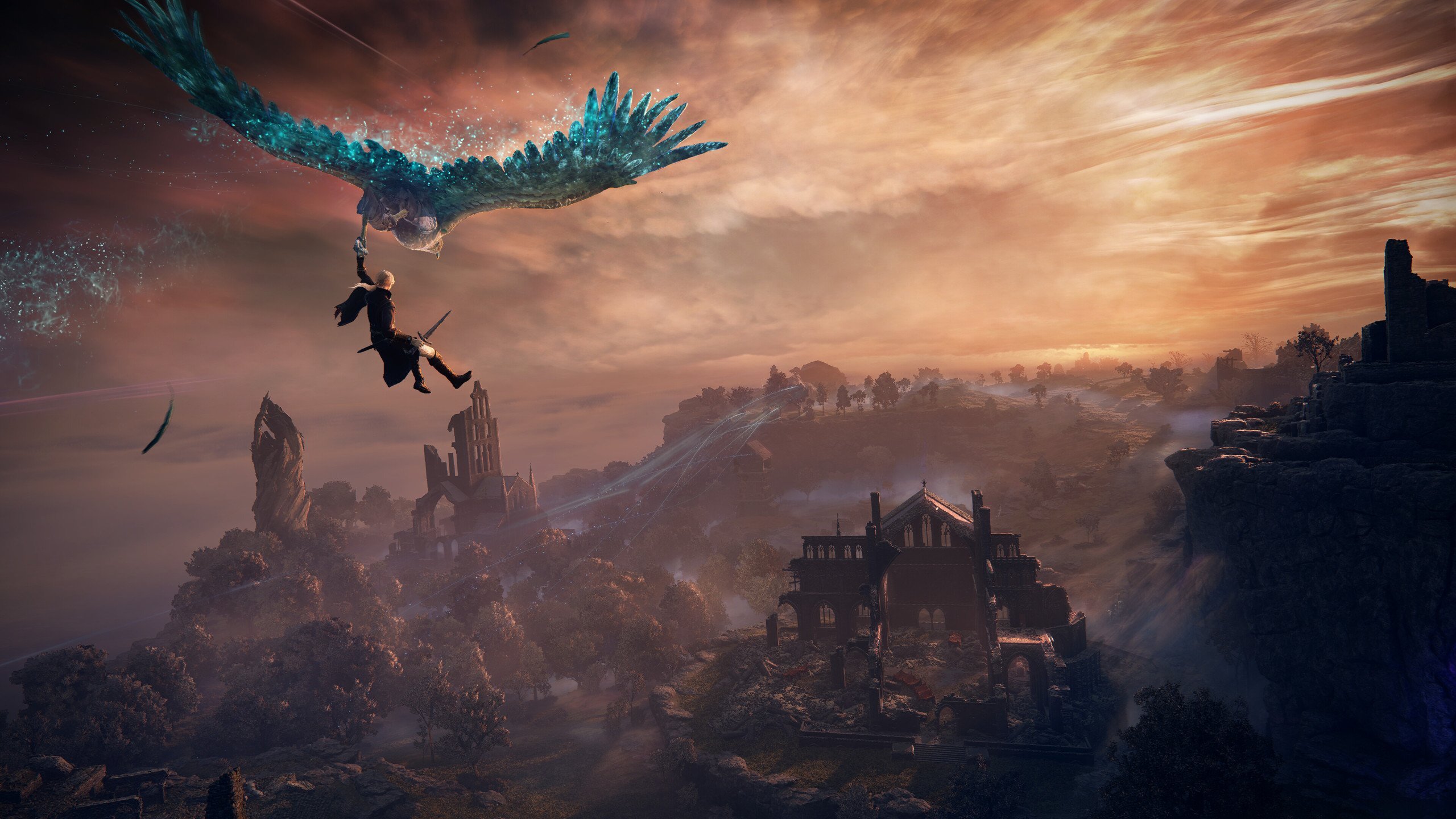
Limveld is another important topic of this Elden Ring: Nightreign tutorial. It is a character of its own and just like the characters you’re playing, its what shapes your experience. Essentially, Limveld is a fractured land caught in the jaws of eternal night. It once thrived under the blessing of gods—but that’s ancient history now. What remains is a dying realm, stripped of safety and saturated in decay. This is where your run begins. And where it will likely end.
You don’t just explore Limveld. You race through it.
Unlike the seamless open world of Elden Ring, Nightreign compresses exploration into a high-stakes loop. Limveld’s layout remains static at the macro level—mountains, valleys, and major structures don’t shift positions—but the threats and opportunities inside them change every time.
Each run scrambles enemy types, boss placements, treasure rewards, and even minor layouts. You’re not memorizing routes—you’re adapting to the unknown, again and again.
Dynamic Map Design & Run-Based Structure
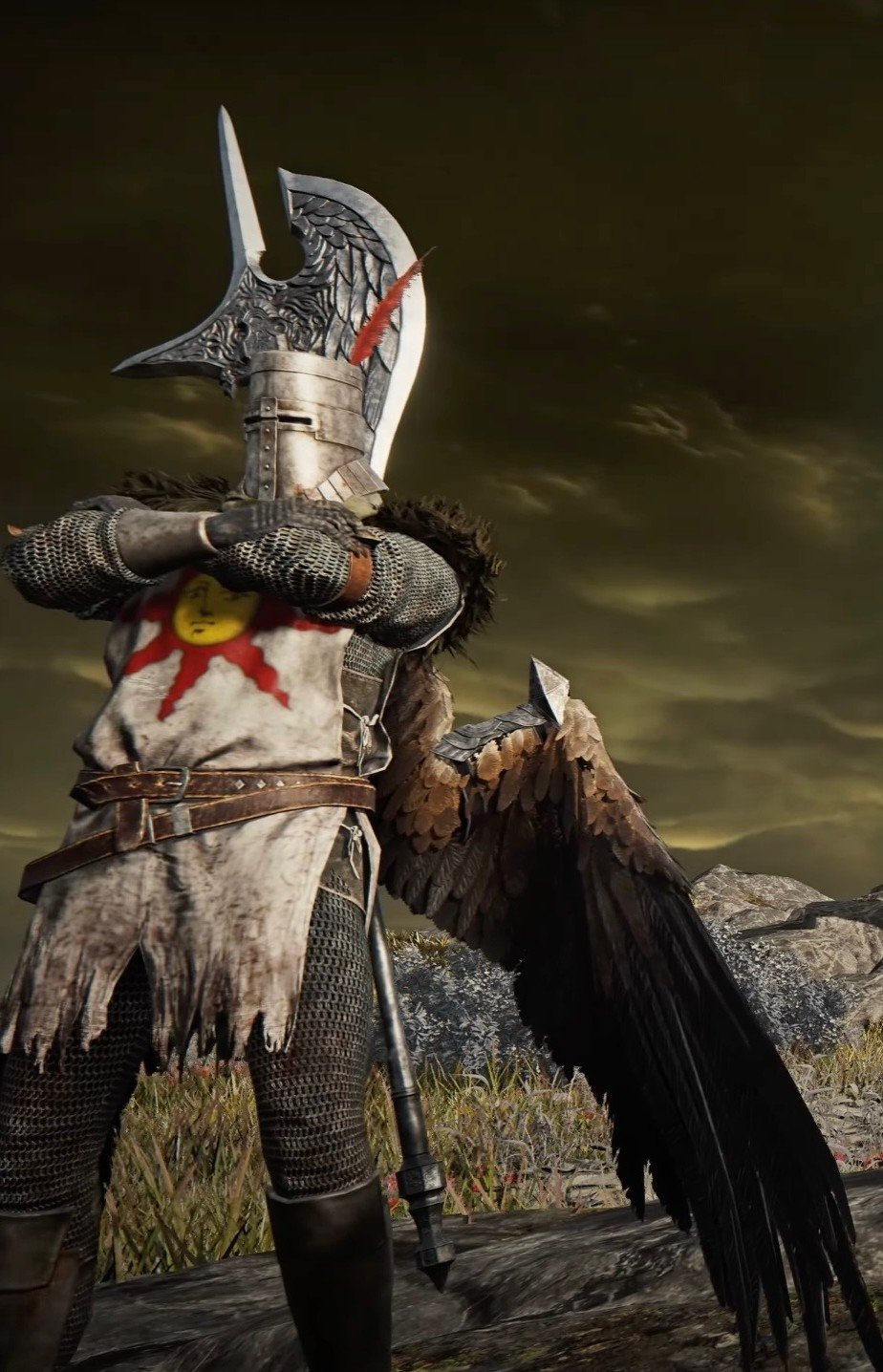 Limveld encourages pathing, not wandering. From the moment the rain starts falling, you're on the clock.
Limveld encourages pathing, not wandering. From the moment the rain starts falling, you're on the clock.
- Each match begins with a static map layout that resets enemy spawns and loot each run
- Points of interest, minibosses, and events rotate, keeping repeat playthroughs unpredictable
- The world is built to be explored quickly, not leisurely
Players who recognize map shapes will gain speed—but that won’t guarantee success. Memorization won’t save you from random ambushes, or a boss you weren’t ready for.
What changes every run:
- Enemy & boss placements
- Chest contents and relic drops
- Field events like puzzles, eruptions, or corrupted zones
- Presence and type of merchants or blacksmiths
This ensures that every run is different, even though it all happens on the same map.
Map Hazards & Pressure Mechanics
Speaking of variety, every expedition into Limveld is shaped by more than monsters. The world itself is alive and hostile.
The most persistent pressure is the Night’s Tide, a shrinking blue storm ring that slowly closes in. Stay outside of it too long, and your health will tick down until death. But even within the ring, the environment mutates:
Meteor showers carve out new terrain and scatter enemies
Volcanic ruptures create rivers of lava and inaccessible zones
Corrupted forests infect areas with slow, creeping rot
Some of these shifts happen mid-run. Others may only appear under certain conditions. You’re not just fighting to survive—you’re rerouting plans on the fly.
Using the Map
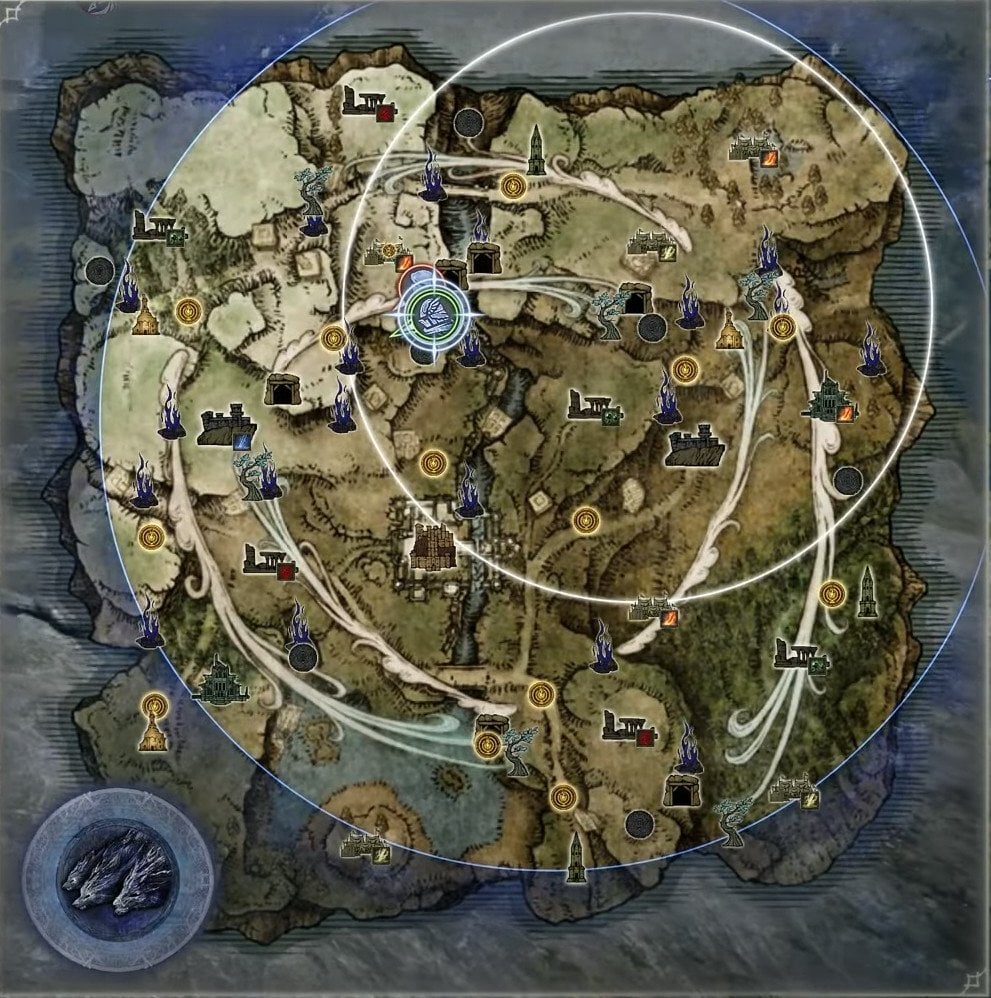
Even though Limveld pressures you to keep moving, smart map usage separates the lucky from the prepared. You’ll have access to a fully interactive world map with dynamic icons that evolve over time. BLOG20
Players can:
- Drop pins to signal item locations or rally points to allies
- Toggle between surface and underground layers to plan deeper dives
- Track shrinking ring progression and avoid getting cut off
And as you uncover special maps during your run, more icons will begin to appear—Scarabs, Gaols, hidden bosses, and buried relics. That’s when planning becomes crucial.
This isn’t a sandbox. It’s a pressure cooker.
You are not here to explore everything. You are here to explore enough—to get strong, make decisions, and keep moving before Limveld turns against you.
How to Play Elden Ring: Nightreign – Core Gameplay Loop
How to play Elden Ring: Nightreign is a completely valid question, because despite all of the similarities to the original, this game plays completely different (albeit running on the same engine and using the same assets). Nightreign doesn’t wait for you. The moment you’re dropped into Limveld, the countdown begins — three in-game days to scavenge, survive, and prepare for the final confrontation. Each run unfolds in a strict three-day structure. Each day lasts 15 to 20 minutes, and is divided into two phases:
- Daytime: Your window for exploration, leveling, and gathering loot.
- Nightfall: Combat intensifies, the map shrinks, and you’re forced to confront a powerful boss before advancing to the next day.
That rhythm never changes. But what you do with the time — that’s entirely up to you.
At a glance, the loop looks simple. In practice, it’s anything but.
Day 1: Drop, Loot, Survive
You begin each run by selecting a Nightlord target and gliding into the world with your chosen Nightfarer. You can’t pick your landing zone, so the run begins with a scramble — a race to orient, gather gear, and quickly level up.
During the day, you’re free to explore. You can focus on enemy camps, minibosses, loot-heavy areas, or more cautious stealthy routes — and your team can split up or stick together depending on your strategy. But everything comes with a trade-off. Time is your real opponent.
A visible ring — the Ring of Blue Flame — gradually closes in, shrinking your accessible area. As the ring tightens, you’ll be driven toward a nighttime confrontation. And once the sun sets, things change fast.
Nightfall isn’t just a visual shift — it’s a gear shift. The game starts to play you. Enemy spawns increase. Map traversal becomes limited. Elite mobs appear. A final gauntlet of combat begins, culminating in a mandatory Night Boss fight. These bosses are tailored for co-op — often with multi-phase gimmicks, dual-enemy setups, or mechanics that demand coordination. Win, and you’ll earn powerful upgrades. Survive, and Day 2 begins.
Day 2: More Dangerous, Less Forgiving
The loop repeats, but stakes are higher. You’ll pick up where you left off — enemies defeated on Day 1 stay dead — but the margin for error shrinks. Rarer loot begins to appear, minibosses grow more aggressive, and the rhythm of the map changes.
Players become more specialized by this point, leaning into found synergies — a weapon passive here, a class ability there. Maybe you’re doubling up on bleed for the Duchess’s damage clone ability, or setting up a three-part elemental combo for the Recluse’s cocktail spell. You’ll need it.
By night, the ring closes faster. The fights are harder. The boss is meaner. And if your team isn’t in sync, it’s easy for things to unravel.
This is how to start Elden Ring: Nightreign, but how do you finish a run? Welcome to day 3.
Day 3: The Final Showdown
There’s no more looting. No more exploring. Day 3 skips straight to the final boss arena — a dramatic confrontation against one of eight Nightlords. This is where the whole run pays off… or collapses.
The Nightlords are multi-phase, bespoke encounters designed specifically for three-player co-op. Expect unpredictable attacks, enemy splits, mid-fight phase transitions, and mechanics that can wipe you out if you're not working together. This isn’t just the end of the day — it’s the end of the run. Win, and you complete the cycle.
Between Runs: What Comes After
Whether you win or fall short, the run ends here — and progression continues at the Roundtable Hold, Nightreign’s central hub. From there, you’ll upgrade relics, test builds, unlock characters, and prepare for the next attempt. It’s not a roguelike in the strictest sense, but the structure of tension, escalation, and irreversible choices gives every run its own fingerprint.
Progression Systems and The Hub
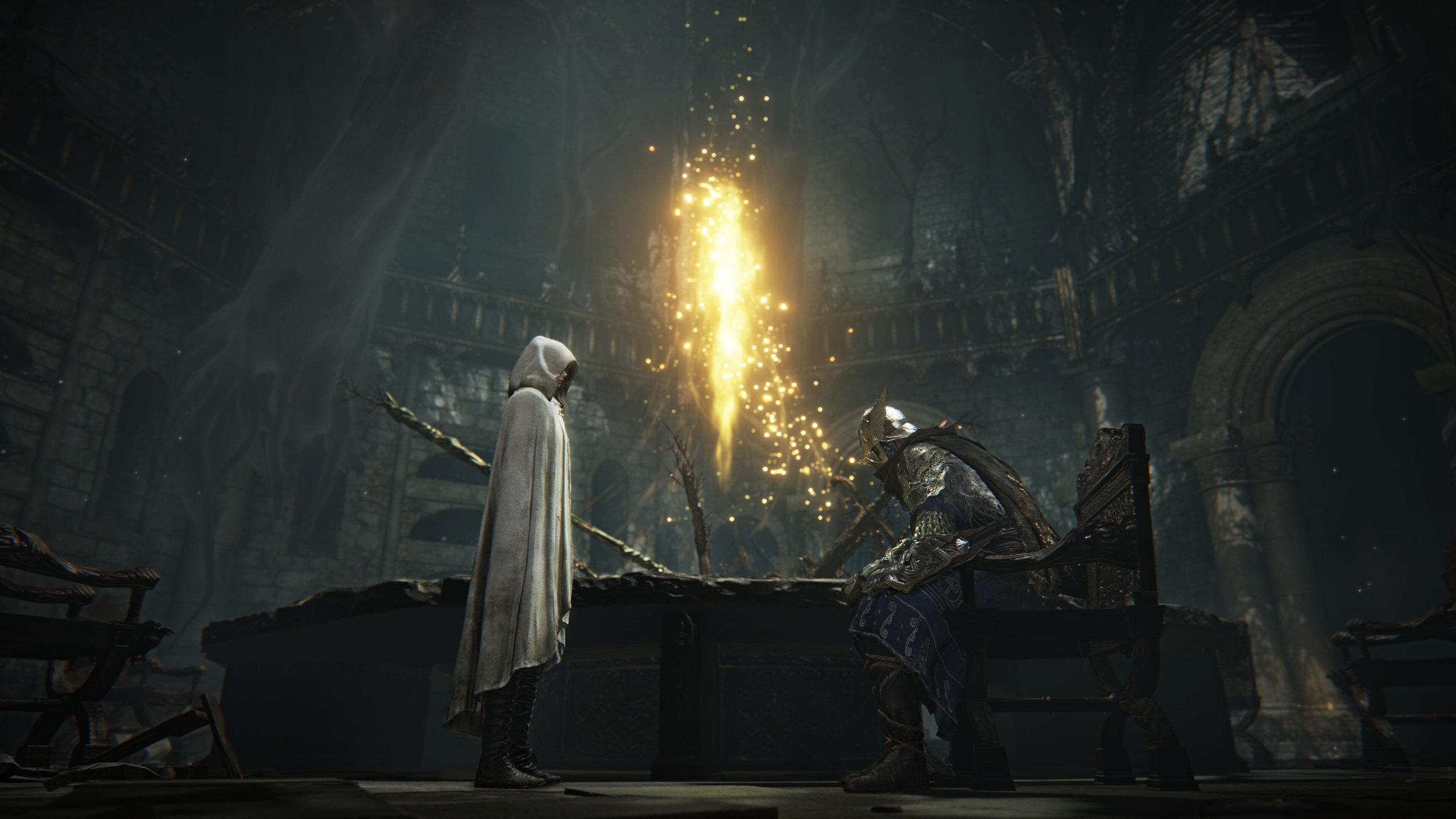
Progression is yet another topic of this Elden Ring: Nightreign guide that deserves special attention for how different it is from the original game.
Nightreign may reset your level and loot at the start of every expedition, but it still offers meaningful long-term progression. The Roundtable Hold is where that progression takes shape — your central hub between runs and the foundation for building long-term power across repeated sessions.
The Roundtable Hold – Your Persistent Hub
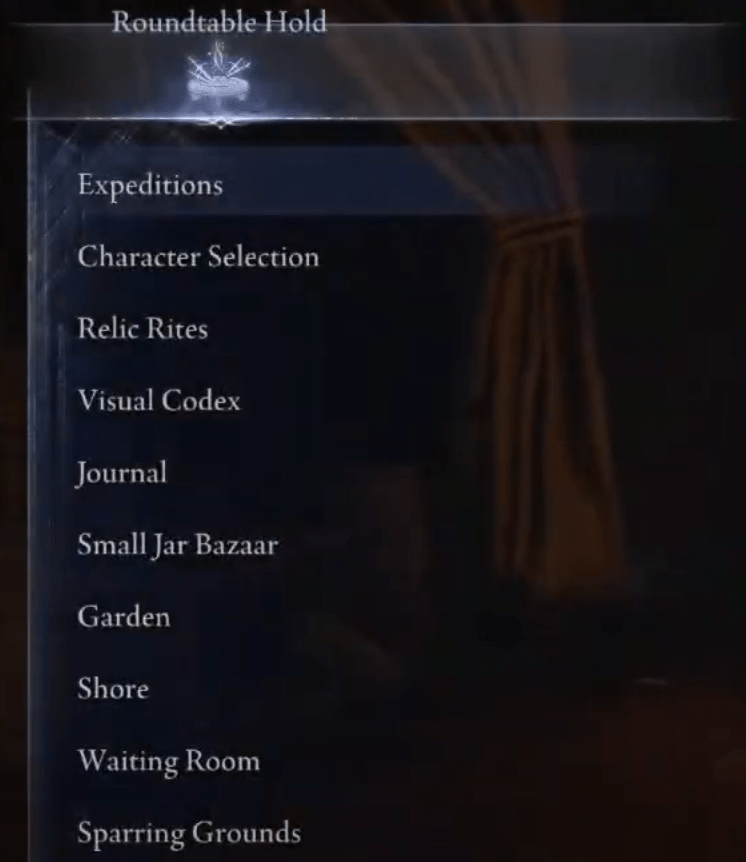 Returning from Elden Ring in an alternate form, the Roundtable Hold acts as a safe zone between expeditions. From here, you can manage your relics, prepare your builds, and interact with NPCs who support narrative, upgrades, and unlocks. It's accessible while matchmaking or waiting for your next run to begin, giving players space to refine strategy and explore progression systems.
Returning from Elden Ring in an alternate form, the Roundtable Hold acts as a safe zone between expeditions. From here, you can manage your relics, prepare your builds, and interact with NPCs who support narrative, upgrades, and unlocks. It's accessible while matchmaking or waiting for your next run to begin, giving players space to refine strategy and explore progression systems.
Key features include:
- Relic Rites: Equip and manage Relics, Nightreign’s core progression mechanic. These are permanent unlocks that provide passive bonuses — damage boosts, resistances, cooldown reductions, and more — which remain active across all future runs.
- Character Selection & Loadout Preview: Review your Nightfarer’s stats, current relics, and special effects before departure.
- Training Yard & Sparring Grounds: Test weapons, skills, and movement against configurable dummies to fine-tune your playstyle.
- Customization Station: Change your appearance using cosmetic unlocks (no gameplay impact).
- Visual Codex: Revisit unlocked lore, backstory fragments, and system tutorials.
This is where you will prepare for your next runs and manage your character loadout (mostly relics).
Relics – Permanent Buildcraft
Relics are the centerpiece of progression in Nightreign. Earned through successful and failed expeditions alike, relics provide long-term enhancements that persist between runs. You’ll unlock relics by progressing through challenges, completing side objectives, or purchasing them with Murk (in-game currency).
Players can equip multiple relics at once, encouraging experimentation and synergy between effects. Because characters start each run at level 1 with randomized gear, relics become the key tool for expressing and evolving your preferred playstyle over time.
Memory Fragments – Story Progression
Scattered across Limveld and rewarded through specific conditions, Memory Fragments serve as collectibles that unlock your Nightfarer’s backstory. Gathering these fragments expands the Visual Codex and can open up new dialogue, side quests, or cosmetic variants at the Roundtable Hold.
Fragments are purely narrative, but they add personal context to your chosen character and help shape your overall journey through Nightreign.
Murk – Currency for Cosmetics & Relics
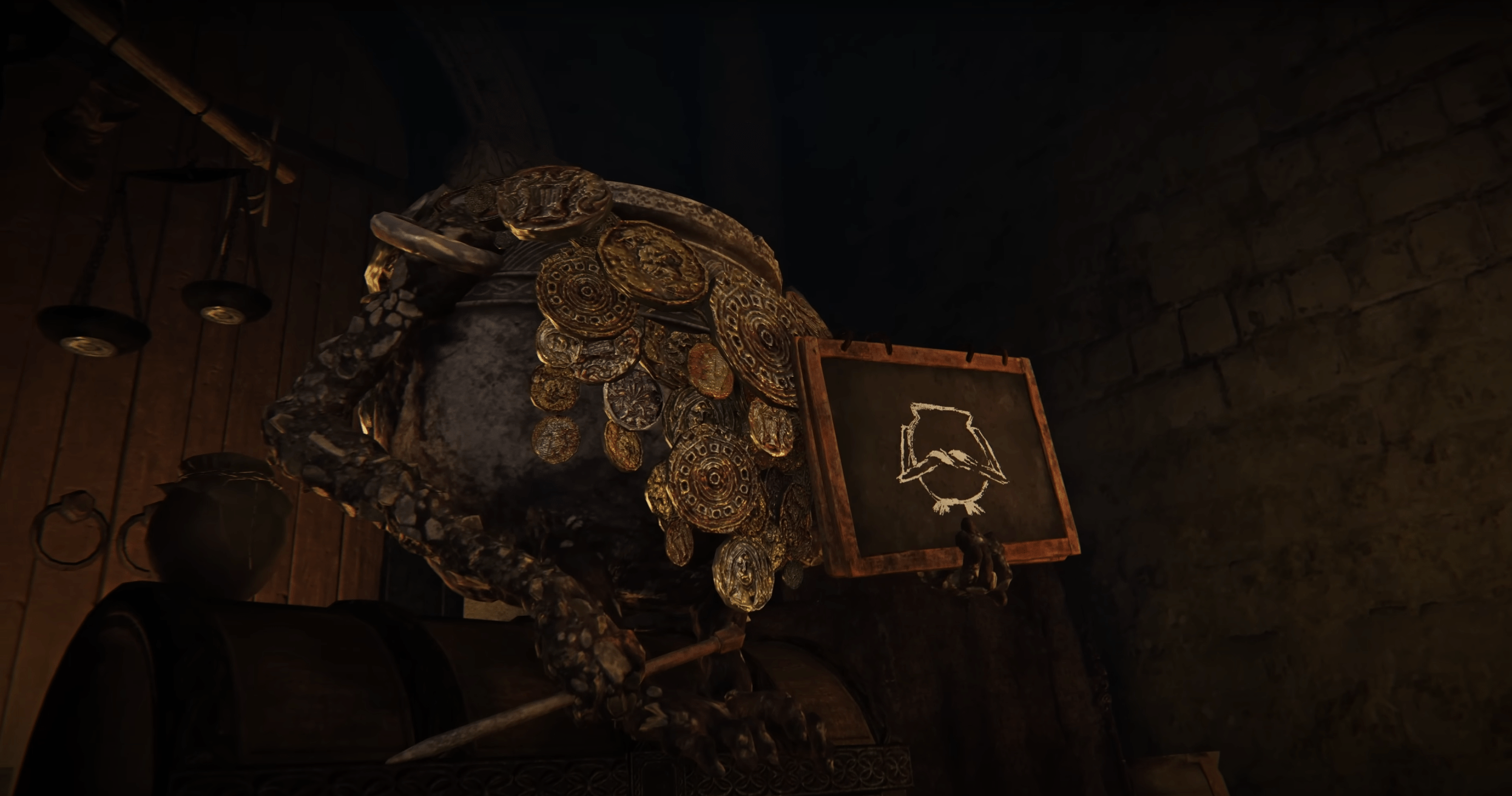
Murk is a run-based currency awarded for combat performance. It can be spent at the Small Jar Bazaar — a hidden merchant stall in the Roundtable Hold — to purchase relics, consumables, or cosmetic items.
Murk has no effect on power during a run, but it provides incentive to perform well and keep pushing into tougher content. It’s also the primary resource for unlocking new visual customization options.
Elden Ring: Nightreign Tips & Tricks
Here are five must-know Elden Ring: Nightreign tips, mechanics, and strategies that will save your run — and your team’s sanity — especially if you’re jumping into the game for the first time.
1. Don’t Rush the First Boss — Snowball First
This might be one of the most obvious Elden Ring: Nightreign tips for beginners of all, but still. Stop sprinting straight into a boss fight at level 1. Just because it’s near the starting area doesn’t mean you’re meant to fight it yet. Kill nearby trash mobs first and get to at least level 2 or 3 — this gives you more health, more damage, and a far better chance at snowballing. Remember: mini-bosses drop loot that scales your power for the rest of the run. Rushing a boss early usually ends in a wipe.
2. Your Character Has Hidden Scaling — Build Around It
While Nightreign doesn’t display traditional RPG stats, every hero still has hidden scaling, and some weapons naturally perform better on specific characters. For example, the Duchess excels with bleed and Dexterity-style weapons, while Wilder supports melee versatility. You can equip anything, but that doesn’t mean it’s optimal. A great hammer might show higher base damage, but a character with bleed scaling and quick attacks will outpace it over time. BLOG20
3. Look for Side Objectives That Boost Survivability
There are powerful upgrades hidden off the main path — and they’re easy to miss. Here’s what to prioritize:
- Churches of Marika often grant an extra flask charge.
- Mines contain Smithing Stones, allowing you to boost your weapon’s rarity and power.
- Breakable Statues (cracked with enemy attacks) also drop upgrade mats.
- Scarab Beetles drop talismans, which grant strong passive bonuses that don’t take up weapon slots.
Most teams skip these — don’t.
4. Use Map Markers Like a Pro
Coordination wins runs, especially with random teammates. Nightreign includes smart ping systems that most players overlook:
- Self-ping: Hold Triangle/Y + L3 to ping your own location.
- Agree with a ping: Aim your camera at a teammate’s ping and press R3 to mark your support.
- Ping loot: You can also ping specific gear drops for allies.
If no one’s pinging, it’s usually a sign the run won’t go far. Great teams use markers constantly.
5. Use Password Matchmaking — Strategically
Last but not least of all these Elden Ring: Nightreign tips for new players – playing solo is possible, but not ideal. If you don’t have a premade team, use password matchmaking to filter for better players. Many content creators and Discord communities will share passwords that attract more experienced Soulsborne players. These groups often know the maps, communicate better, and can carry their weight. It's not elitism — it's just a smarter filter.
Conclusion
It’s clear why ER: Nightreign is so divisive. Whether or not From Software has the right to experiment with their formula and beloved worlds in such drastic ways was not the topic of this guide. At the end of the day it is up to you to decide whether or not to play Nightreign.
But if you do decide to try it out, this guide has covered absolutely everything you need to know about it to get started.
F.A.Q.
What is the best beginner class in Elden Ring Nightreign?
Wylder is generally considered the most beginner-friendly class. He has strong survivability, simple mechanics (like a grappling hook and AoE blast), and fits well into both solo and team-based roles.
Is Elden Ring Nightreign easy?
No — even though it's faster and more streamlined than the base game, Nightreign is still a FromSoftware title. It's designed to be challenging, especially for those unfamiliar with fast-paced combat and team coordination.
What to do when you first start in Elden Ring Nightreign?
While you can approach the first two days in any way you want, there are some pointers:
- Kill nearby mobs to level up quickly before taking on any boss.
- Explore minor landmarks like churches or mines to get extra healing flasks and weapon upgrades.
- Gear up and prepare for the final boss encounter.
How to become good at Elden Ring Nightreign?
Movement and efficiency plays a huge role in the game where your time is limited, so:
- Stick to your character’s strengths — use weapons and relics that complement your class.
- Prioritize momentum by snowballing early kills into gear upgrades.
- Practice mobility — dodging, vaulting, and positioning are more important here than in base Elden Ring.
What is the best beginner weapon in Elden Ring Nightreign?
Daggers and fast-scaling bleed weapons are excellent early on, especially for characters like the Duchess. They let you stack damage quickly and build up status effects, which is crucial against tougher enemies.
Is Elden Ring Nightreign combat easy?
No — combat is faster and more aggressive than Elden Ring. While mechanics like sprinting and wall-vaulting add mobility, the pressure is constant and mistakes are punished quickly.



